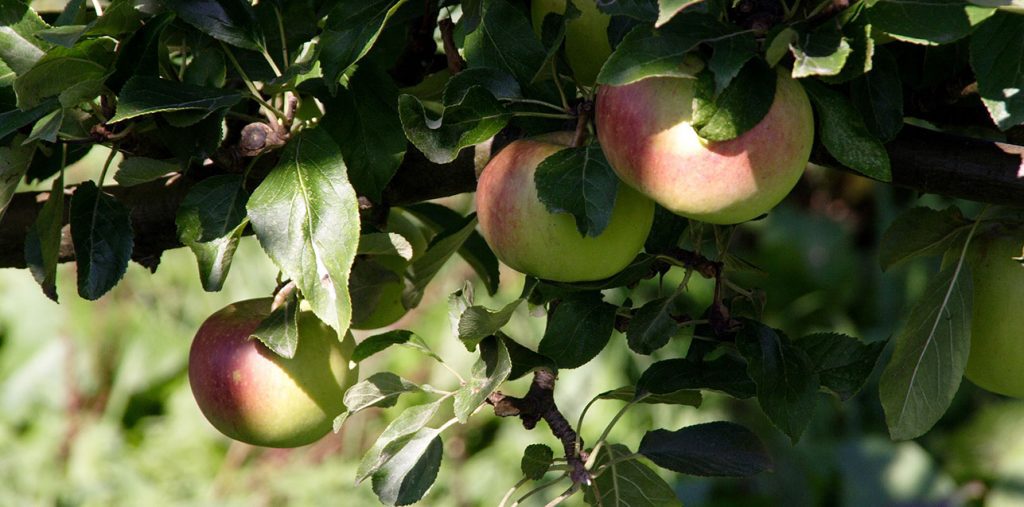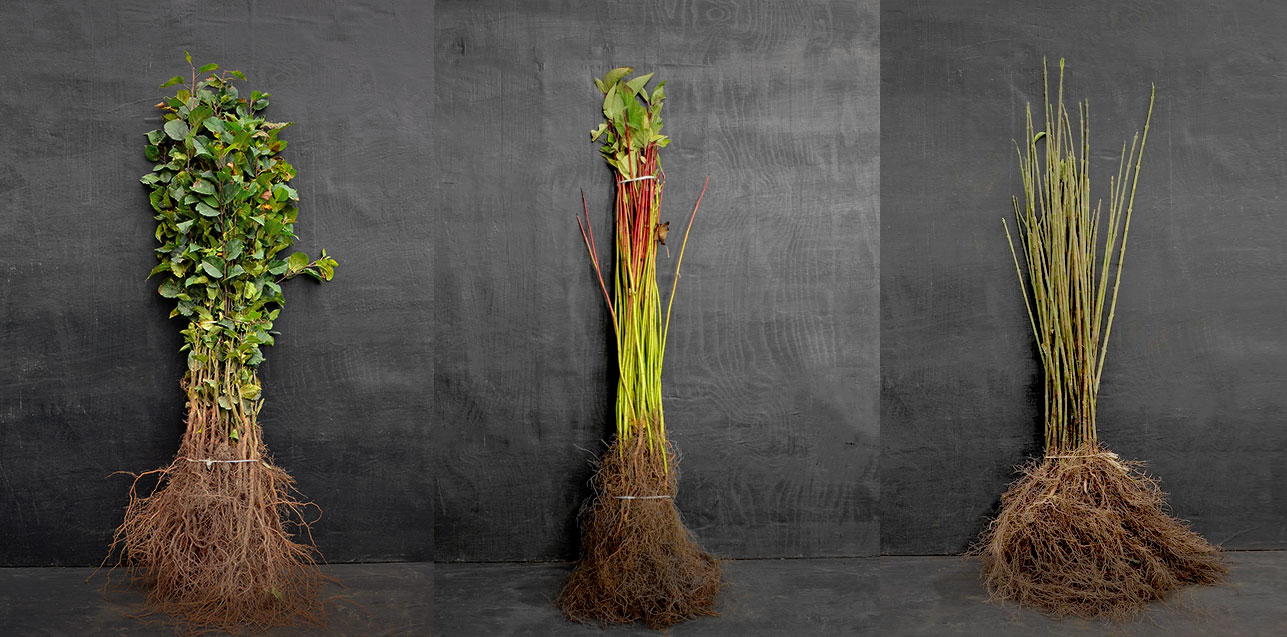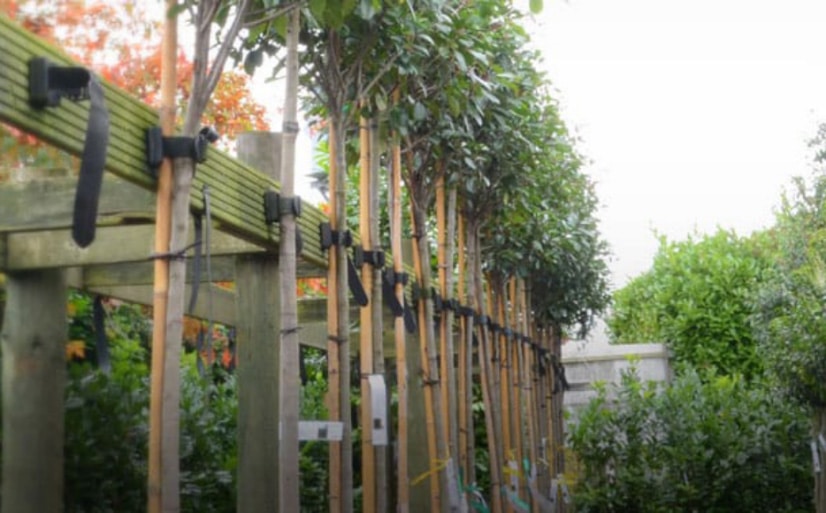Sometimes it can be very confusing to hear various terminology referring to trees and plants when trying to decide which size, type or species you actually require. We have tried to simplify this procedure with our descriptions listed below.
Similarly, plants are often described by their latin name which sounds complete gobeldy gook to most people. The fact is that by using latin we are able to accurately identify/label everything correctly (almost always!). To help you, each item on our website is given both its common name and its latin equivalent. e.g Oak for Quercus robur and Cherry for Prunus species.
You can always contact our sales office if you are still having difficulty with any tree terminology.
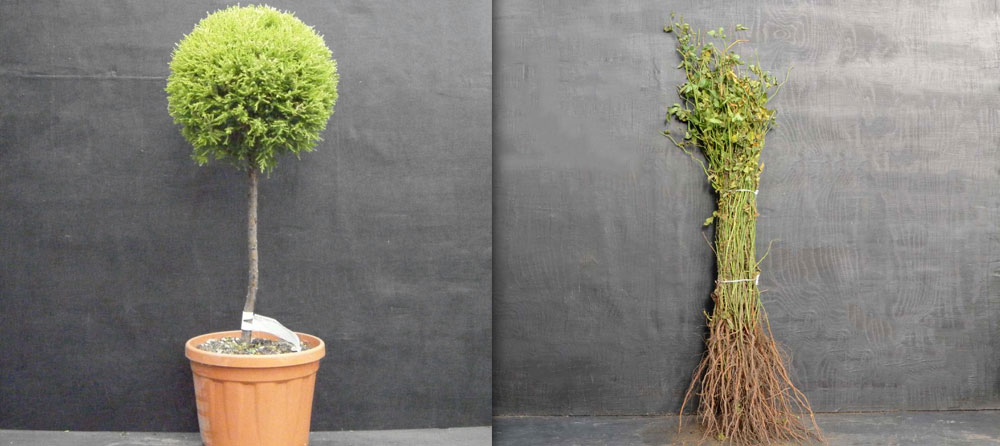
What is Container Grown?
This refers to a tree that has been grown in a pot or planter bag either as a small plant or later when taken from the nursery field and grown on in a container ready for sale. This is a relatively expensive method of production, but gives the flexibility of all year round planting. Container grown trees are often lighter and easier to handle when compared to rootballed trees.
What is a Rootballed ?
This tree terminology refers to a tree that is grown in the nursery field and lifted with a ball of soil attached so as not to disturb the root system. Although this is a cheaper method of production, it can only be done when the trees are dormant between November and March. See our rootballing machine in action. Rootballed hedging is one of the most effective ways to create an instant hedge on a budget.
What is Bareroot?
This refers to a tree that is lifted from the field without soil attached and is by far the most economic method of production. However, this can only be done during the dormant season (November to March) and each species will only survive this method at a certain height. For example. An Oak tree is unlikely to survive bareroot planting over 1.5m tall, whereas a Wild Cherry is perfectly planted bareroot at 3-4m tall. Most forms of small hedging is supplied bareroot.
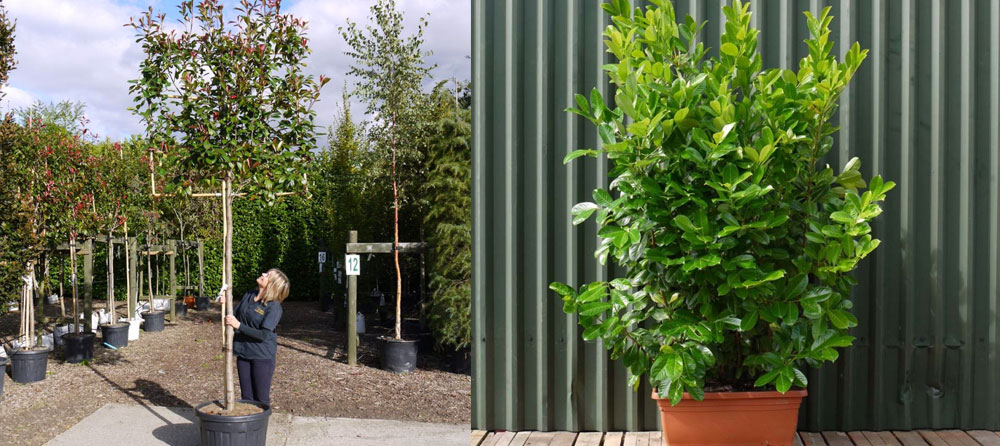
What is a Standard Tree?
A tree with a 1.8-2m clear stem and a well formed head on top. Classed as having a girth size of around 8-10 cm. Usually 8-10 feet in height for some rough guidance. Standard trees are one of the most often specified sizes. Whether a tree is a standard, half standard or espalier, we are referring to tree terminology regarding the form of the tree.
Half Standard Trees
A tree usually growing on in the nursery for sale during the following year, or a plant with a 1.2m clear steam and a ball or mop head on top. Ilex, Ligustrum and Photinia are the most popular half standard trees on the market.
Quarter Standard Tree
A small plant with a ball or mop head with a stem of around 60 cm. Quarter standard trees are perfect for gifts and for areas where space is extremely limited.
Heavy Standard Tree or Extra Heavy Standard Tree
Trees with a girth of 10-12cm and 12-14cm respectively. This size of tree is used when something more mature is required. In public places even larger sizes are used, with great success, to avoid vandalism. These sizes require larger delivery vehicles and lifting equipment to offload at the intended destination. These larger trees are most popular amongst King and Co’s trade customers.
Pleached Tree
Trees with with a 1.8 -2m clear stem and a head which is trained onto a flat frame. The frame is usually 1.5 x 1.5m or sometimes smaller or larger. Often used these days to create privacy above a wall or fence. Species include photinia, laurel, hornbeam and lime. Check out a planted photo of our Pleached Photinia Red Robin.
Espalier Tree
Trees that have lateral branches from the base, trained onto a flat frame that continues up to the top of the tree. Also used to train fruit trees, often against a solid wall.
The skill of the nurseryman is in advising you which tree to plant where, at what size and by which transplantation method. Our friendly staff are always here to help.



